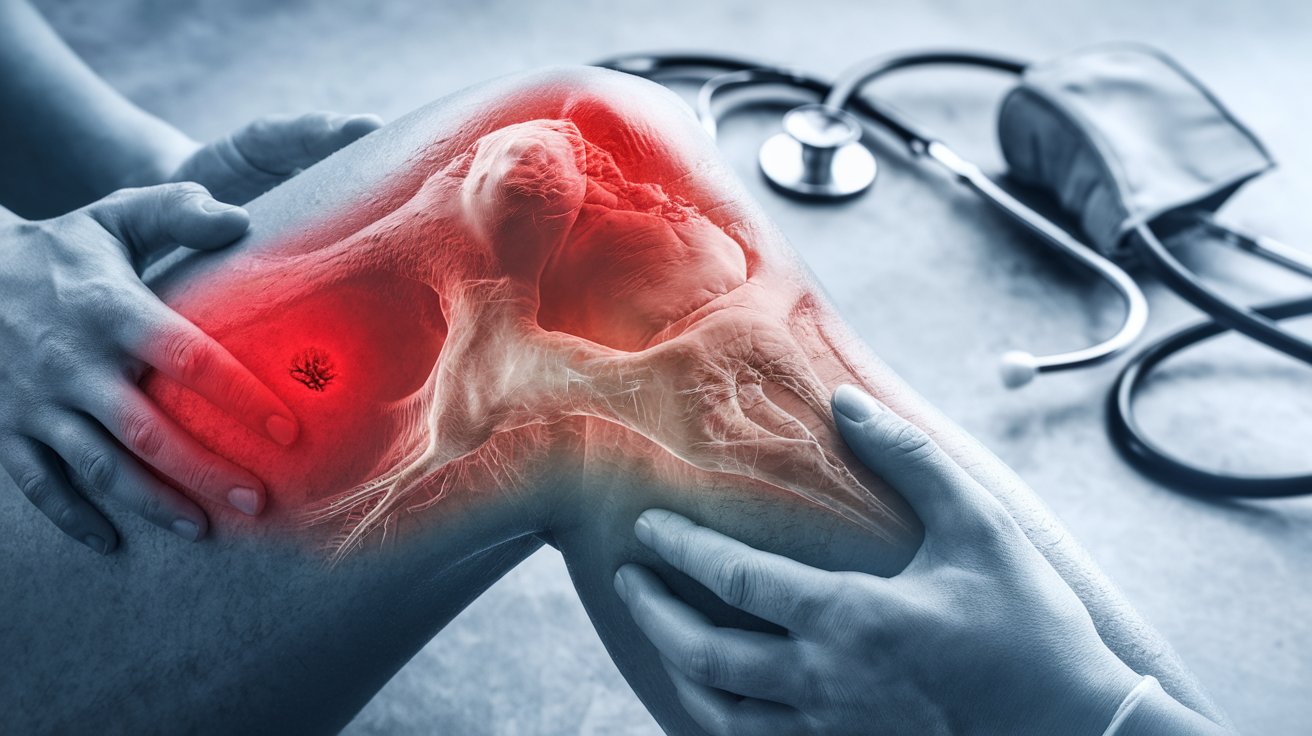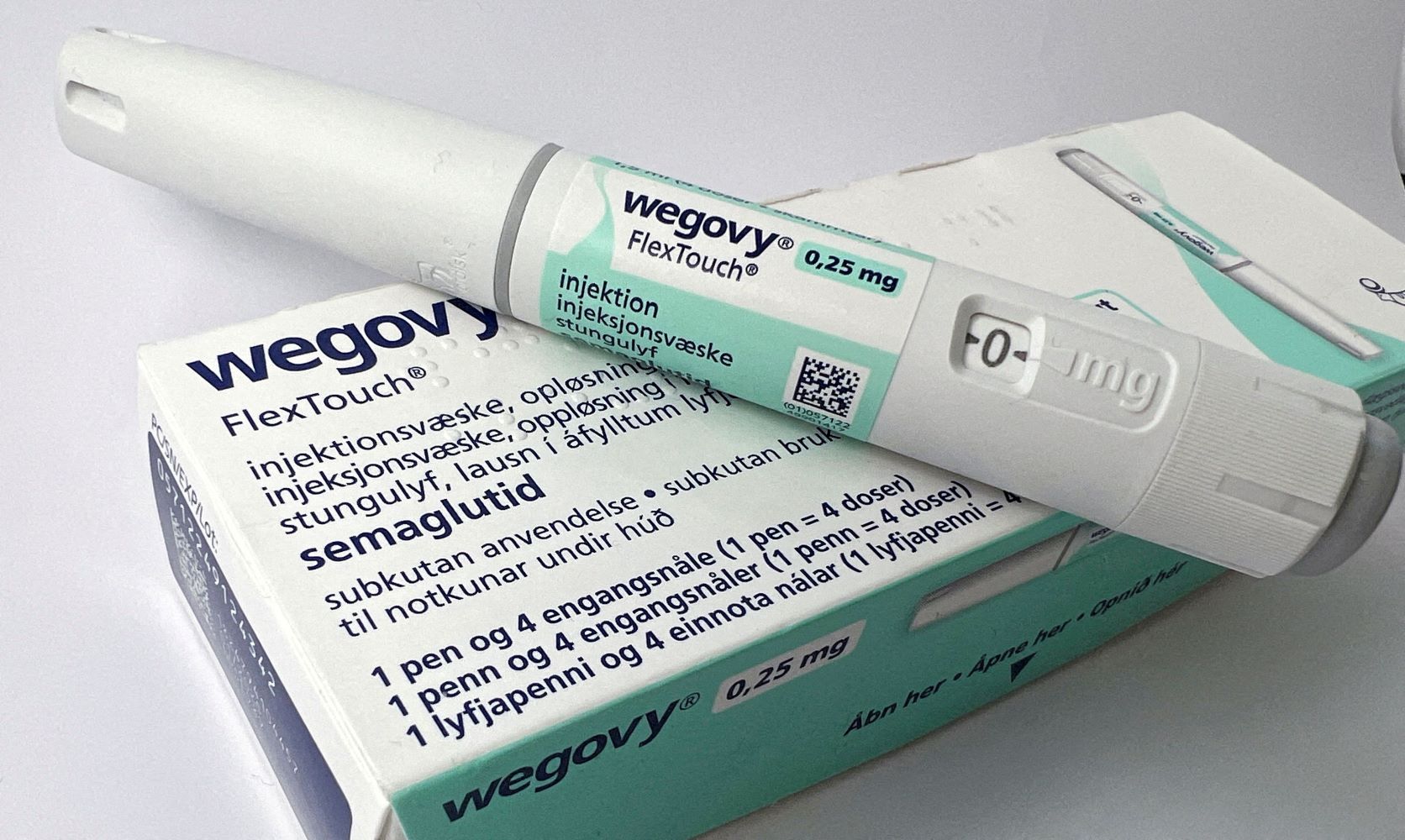
Kocher-Debre-Semelaigne Syndrome (KDSS) is a rare condition that primarily affects children, characterized by muscular pseudohypertrophy and long-standing moderate to severe hypothyroidism. Imagine a child with muscles that appear strong and bulky, yet lack true strength. This syndrome often goes unnoticed in places without routine newborn screening for thyroid issues. Symptoms include lethargy, cold intolerance, dry skin, and cognitive challenges. Diagnosing KDSS involves thyroid function tests and muscle biopsies. The good news? Levothyroxine supplementation can reverse many symptoms, though some effects may linger. Understanding KDSS is crucial for early intervention and better outcomes for affected children.
What is Kocher-Debre-Semelaigne Syndrome?
Kocher-Debre-Semelaigne Syndrome (KDSS) is a rare condition that affects children, causing muscle enlargement and hypothyroidism. Let's dive into some key facts about this intriguing syndrome.
-
Definition and Etiology
KDSS involves muscular pseudohypertrophy, where muscles appear larger without actual growth. This condition is linked to long-standing moderate to severe hypothyroidism, where the thyroid gland underproduces hormones. -
Incidence and Prevalence
KDSS is extremely rare, affecting fewer than 10% of children with hypothyroid myopathy. It's more common in countries lacking routine newborn screening for hypothyroidism, leading to delayed diagnosis. -
Clinical Features
Children with KDSS show muscle enlargement, especially in the lower limbs, giving a pseudo-athletic look. They also exhibit symptoms of hypothyroidism like lethargy, cold intolerance, dry skin, coarse facial features, and short stature. -
Myxoedema
Swelling of the skin and subcutaneous tissues due to mucopolysaccharide accumulation is another hallmark of KDSS. -
Cognitive Impairment
Cognitive issues can accompany KDSS, affecting development and learning abilities in children.
How is KDSS Diagnosed?
Diagnosing KDSS involves a mix of clinical evaluation and lab tests. Here are some key diagnostic criteria.
-
Thyroid Function Tests
Elevated Thyroid Stimulating Hormone (TSH) levels and low triiodothyronine (T3) and thyroxine (T4) levels confirm hypothyroidism. -
Muscle Biopsy
Examining muscle tissue under a microscope reveals degenerative changes like hyalinization, vacuolization, and fiber fragmentation, indicating myopathy. -
Echocardiography
This test rules out cardiac abnormalities, which are not typically associated with KDSS.
What Conditions Mimic KDSS?
Several conditions can be confused with KDSS due to similar symptoms. Here are some differential diagnoses.
-
Hoffmann Syndrome
An adult-onset form of hypothyroid myopathy that lacks painful spasms and pseudomyotonia. -
Glycogen Storage Diseases
Conditions like GSD-V and late-onset GSD-II can also present with muscle hypertrophy and weakness. -
Non-dystrophic Myotonias
Conditions such as Myotonia congenita and Brody disease can mimic KDSS features.
What Causes KDSS?
The exact cause of KDSS remains unclear, but prolonged hypothyroidism is a significant factor. Here’s what we know.
- Pathogenesis
Prolonged hypothyroidism impairs metabolic functions, leading to glycogen accumulation in muscles, increased connective tissue, and mucopolysaccharide deposits, causing muscle hypertrophy.
Are There Oral and Facial Manifestations?
KDSS can also affect the mouth and face. Here are some notable features.
-
Macroglossia
Enlarged tongue is a common feature in severe, prolonged hypothyroidism cases. -
Dental Issues
Multiple impacted teeth, puffed lips, and anterior open bite are also observed.
What Do Muscle Biopsies Reveal?
Muscle biopsies provide critical insights into KDSS. Here’s what they show.
- Histopathological Findings
Type I and II fiber atrophy or hypertrophy, myofiber necrosis, and regeneration are common. Core-like areas with amorphous granulo-filamentous material may also be present.
How is KDSS Treated?
Treatment for KDSS is straightforward and effective. Here’s what it involves.
- Levothyroxine Supplementation
Hormone replacement therapy with levothyroxine normalizes thyroid hormone levels, reversing muscular pseudohypertrophy and other hypothyroidism symptoms.
What is the Prognosis for KDSS?
With proper treatment, the outlook for KDSS is generally positive. Here’s what to expect.
- Prognosis
Timely and adequate levothyroxine supplementation can significantly improve symptoms, including muscle hypertrophy regression. However, cognitive impairment may persist in some cases.
Who is Affected by KDSS?
KDSS can affect children of various ages and backgrounds. Here are some key points.
-
Age of Presentation
KDSS can present from newborns to children as old as 11 years. Delayed diagnosis often occurs in areas lacking routine screening programs. -
Sex Distribution
There is a slight male predominance in KDSS cases. It’s more common in children born to consanguineous parents, suggesting a genetic link.
Are There Any Comorbidities?
Children with KDSS may have other health issues. Here are some common comorbidities.
- Comorbid Conditions
Delayed tooth eruption, subnormal growth of the maxilla and mandible, and lack of coordination between mandibular growth and dental development are common. These highlight the systemic impact of prolonged hypothyroidism.
Final Thoughts on Kocher-Debre-Semelaigne Syndrome
Kocher-Debre-Semelaigne Syndrome (KDSS) is a rare condition marked by muscular pseudohypertrophy and hypothyroidism in children. Early diagnosis and treatment with levothyroxine can significantly improve symptoms, though some effects may linger. Recognizing the signs, like muscle enlargement and cognitive impairment, is crucial for timely intervention. Routine thyroid function tests and muscle biopsies aid in accurate diagnosis. Public health programs for early detection of hypothyroidism can prevent many cases. Understanding KDSS better helps healthcare providers offer the best care for affected children. Further research into its pathogenesis could lead to improved treatments. With proper management, children with KDSS can lead healthier lives, highlighting the importance of awareness and early intervention.
Was this page helpful?
Our commitment to delivering trustworthy and engaging content is at the heart of what we do. Each fact on our site is contributed by real users like you, bringing a wealth of diverse insights and information. To ensure the highest standards of accuracy and reliability, our dedicated editors meticulously review each submission. This process guarantees that the facts we share are not only fascinating but also credible. Trust in our commitment to quality and authenticity as you explore and learn with us.


